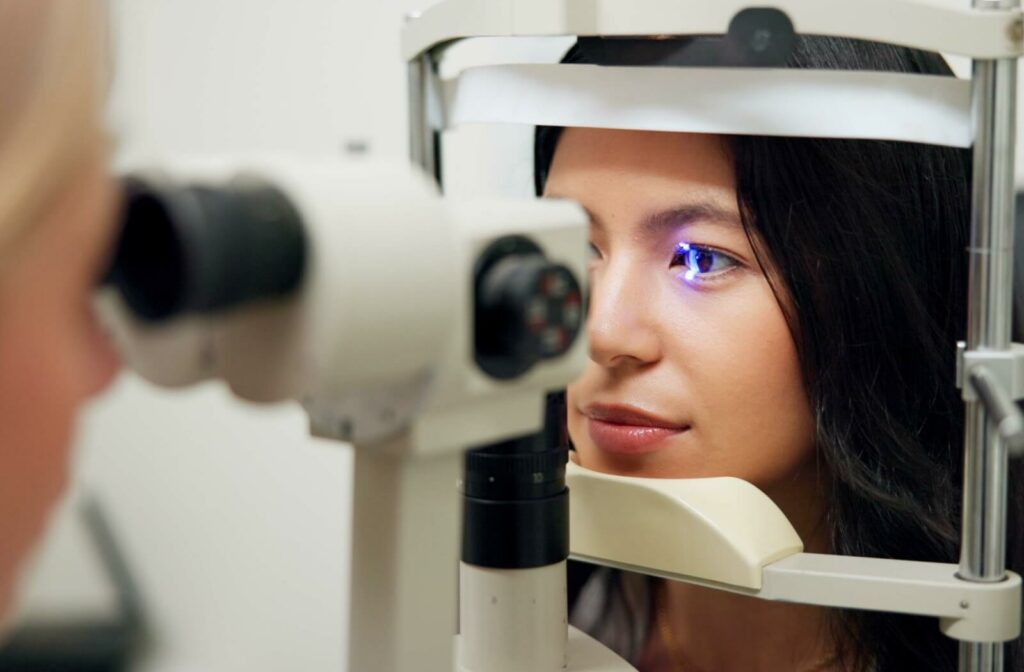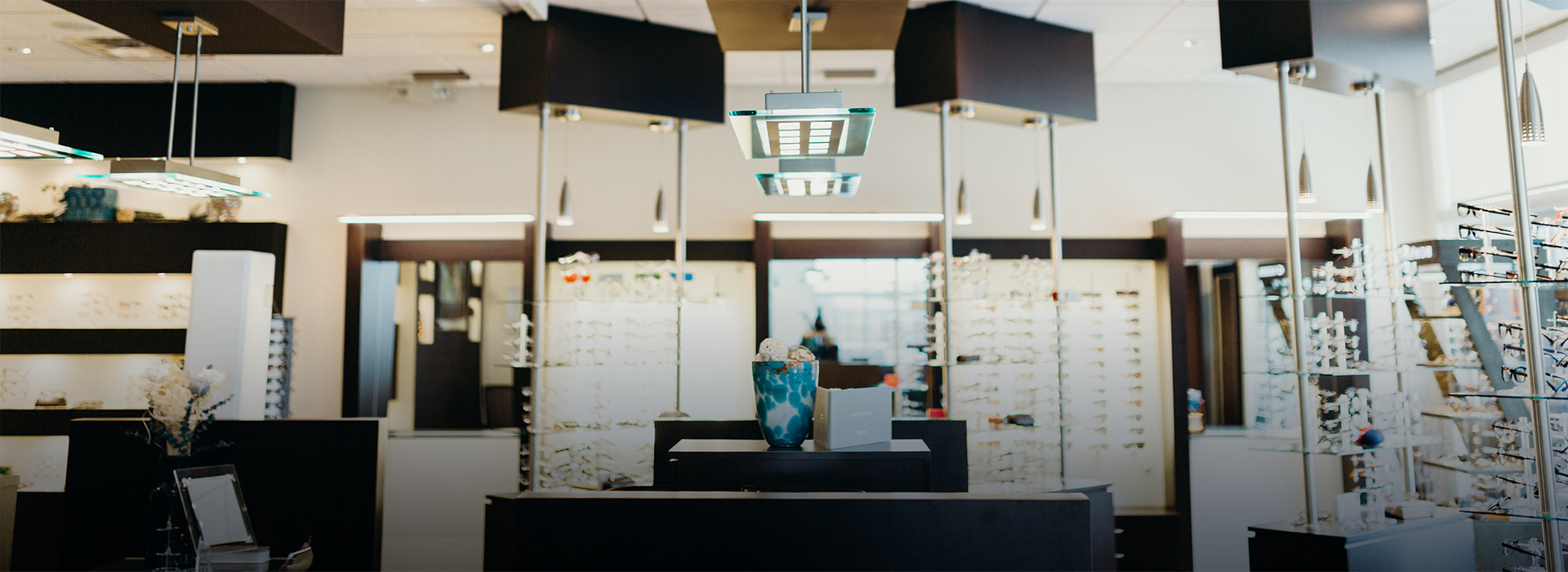Regular eye exams help keep your prescription updated. However, if your new glasses don’t seem to be as clear as your old glasses, there are a few possible reasons to explain why.
New prescriptions typically require a period of familiarization, so you might simply need time to adjust to your new glasses. In some cases, incorrect measurements might lead to poor adjustment periods.
However, if you notice that your vision has suddenly improved without any eye care intervention, it could indicate an underlying eye condition.
You’re Still Getting Used to New Glasses
When you first get a new pair of glasses, your eyes and brain need time to adjust to the changes in your prescription. This familiarization period can last anywhere from a few days to a couple of weeks, depending on how different the new prescription is from your old one.
During this time, it’s not uncommon to feel that your old glasses were better simply because your eyes were more accustomed to them.
The adjustment period is a normal part of adapting to new lenses. Your brain has to recalibrate how it processes visual information, especially if your prescription has changed significantly.
A shift in lens strength can affect your adjustment period. If you have the same prescription but are trying out a new type of lens or opting for a different thickness, you might also have to adjust to the changes.
New frames can also affect the shape of the lens and require a familiarization period. Depending on the frames, new glasses can also sit differently on your nose when compared to your old glasses. Your eyes require a bit of time to adapt to these changes.
If your new glasses seem to cause blurry vision, wearing them consistently can help your eyes adjust faster. Switching back and forth between your old and new glasses can prolong the adjustment period. Give your eyes the chance to get used to the new prescription, and soon enough, your vision should become clearer and more comfortable.
However, if your new glasses are causing excessively poor vision or significant eye strain, it might be time to visit an optometrist to determine the underlying cause. If your eyes never fully adjust to your new glasses, you might simply need new measurements, but this can also be a sign of an underlying condition.
Your New Glasses Need an Adjustment
Sometimes, the issue isn’t your eyes but rather the glasses themselves. It’s possible that your old glasses were overcorrecting your vision or that your new glasses have an issue with certain lens measurements.
Even the slightest error in lens placement or frame fit can affect how well you see. If your new glasses don’t seem to be working as well as your old ones, it might be worth revisiting your optometrist to ensure everything is just right.
Accurate lens measurements are crucial for clear vision. If your lenses are off-centre, or if the frames don’t sit correctly on your face, your eyes may have to work harder to focus. This can lead to discomfort and headaches, effectively making your old glasses a “better” choice.
A optometrist can often resolve these issues and help you achieve clearer vision.
Sometimes, you may receive a wrong prescription, which can happen due to human error or a change in your vision. If you suspect this is the case, visit your optometrist to update your prescription.
Your Vision Is Improving Without a New Prescription

While it’s more common for eyesight to decline over time, vision can sometimes improve unexpectedly. Positive lifestyle changes, like adopting a healthier diet or quitting smoking, can sometimes enhance your vision. Sudden changes in vision, however, are more often linked to underlying eye conditions or diseases.
Conditions like diabetic retinopathy or cataracts can cause temporary improvements in vision, a phenomenon known as “second sight.”
- Diabetic Retinopathy: This condition is the most common cause of vision loss in adults with diabetes. While it usually leads to worsening eyesight, if your blood sugar levels are well-managed, the progression of symptoms can slow, making it seem like your vision is improving.
- Cataracts: Cataracts cloud the natural lens of the eye, causing blurry vision. After cataract surgery, it’s common for vision to improve as the eyes heal, which might explain a recent uptick in visual clarity.
- Second Sight: This occurs as the lens of the eye hardens with age, changing the way light is bent. The hardening of the lens is a sign of a cataract developing, but the eye changes can potentially improve vision. However, cataracts dull colour and reduce overall vision as time goes on and will eventually need to be removed.
It’s essential to consider the broader context when experiencing changes in vision. If you experience any sudden changes in your vision, visit your optometrist as soon as possible. Catching eye conditions early helps ensure that treatment starts on time to slow the progression of these conditions.
Signs You Should Visit Your Eye Doctor
- Persistent Blurriness: If your vision remains blurry even after a few weeks of wearing your new glasses, it’s time to schedule a visit with your optometrist.
- Headaches or Eye Strain: Experiencing frequent headaches or eye strain with your new glasses can indicate that something isn’t right with your prescription.
- Difficulty Adjusting: If you’re finding it hard to adapt to your new glasses and prefer your old ones, a professional check-up can help identify any issues.
- Frame Discomfort: If your frames don’t fit well or cause discomfort, this can affect your vision and should be addressed by your optometrist.
Schedule Your Next Eye Exam Today
If you’re struggling to see clearly with your new glasses, or if you’re simply unsure whether your current prescription is right for you, don’t hesitate to reach out. At Warman Eyecare, we’re here to help you achieve the best vision possible. Contact us today to schedule your next eye exam and keep your eyes and vision healthy.









